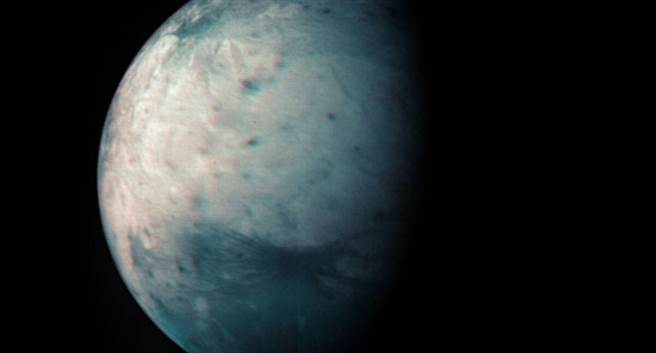[“Juneo” detects the depths of Ganymede’s shell]
According to NASA’s recent news, the “Juneo” can detect the depths of the outer shell of Ganymede, looking for useful information in the depths of nearly 30 to 45 miles under the Jupiter cloud. Galileo satellites are the four largest moons of Jupiter, namely Io (also known as Io, Io), Europa (also known as Europa), Ganymede, and Callisto. These satellites It is mainly composed of rock-like materials and ice, with a diameter of more than 3,060 kilometers. The largest is Ganymede, which is about 5601 kilometers in diameter. There are also nine smaller satellites with diameters ranging from 8 to 160 kilometers. They were discovered by scientists using powerful and high-magnification telescopes and taking pictures of Jupiter.
[Only 31136 miles from the surface of Ganymede]
In the past 20 years, Juno has flew over Jupiter’s largest satellite, Europa, at a distance closer than other probes. In the past, NASA confirmed on June 7 that it had received a clear picture of Jupiter’s surface from Juno, including Craters of different sizes, different topography that clearly distinguishes dark and bright, features related to fault structures, etc. Since Galileo explored the Jupiter system in the 1990s, no detector has visited Ganymede in close proximity for more than 20 years. Until now, NASA has confirmed that Juno successfully moved from the surface of Ganymede on June 7 EST. It flew over at an altitude of only 1038 kilometers, and smoothly took a super clear picture of Ganymede’s surface.
The latest progress of Juno can help us study the composition of Jupiter and 79 other moons, especially its Galileo moon. During its overflight on July 20, the Juno was only 31,136 miles from the surface of Ganymede. It glimpsed the Arctic region of Ganymede for the first time. Although Ganymede has no atmosphere, it is very fragile in the harsh space environment. But the “Juneo” can still analyze the changes between low and high latitudes.
[The low latitude area is protected by the magnetic field]
“We found that Ganymede’s high latitudes are mainly composed of water ice and fine-grained matter, and this is the result of the intense bombardment of charged particles.” Alessandro Mura, a joint researcher at the National Institute of Astrophysics in Rome NASA’s update said: “On the contrary, low-latitude regions are protected by magnetic fields and contain more primitive chemical components, the most obvious being non-icy water components, such as salt and organic matter.” This is an amazing conclusion of the decade of space exploration. Juno’s next target is Jupiter’s North Pole and its moons Europa and Io. I believe researchers will bring us more different discoveries.
Image source: NASA
資料來源:VICTOR TANGERMANN(2021AUG 10).NASA’S JUNO PROBE CREATES STUNNING MAP OF JUPITER’S LARGEST MOON. Futurism
.
